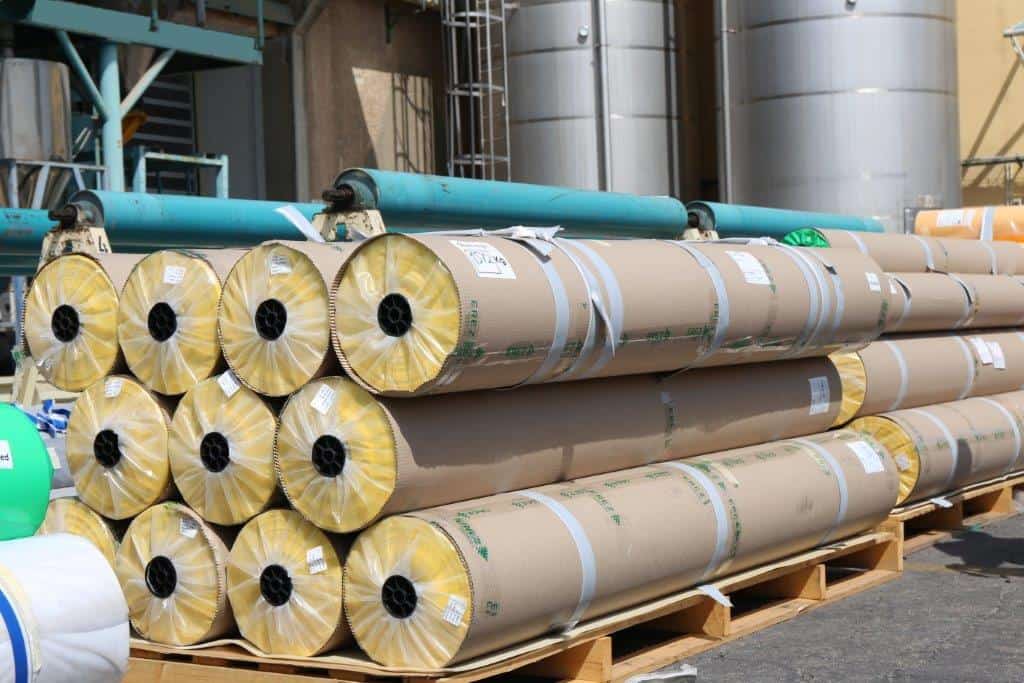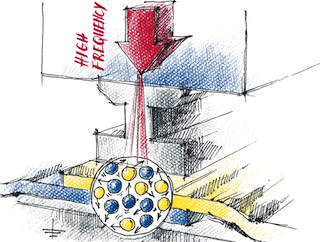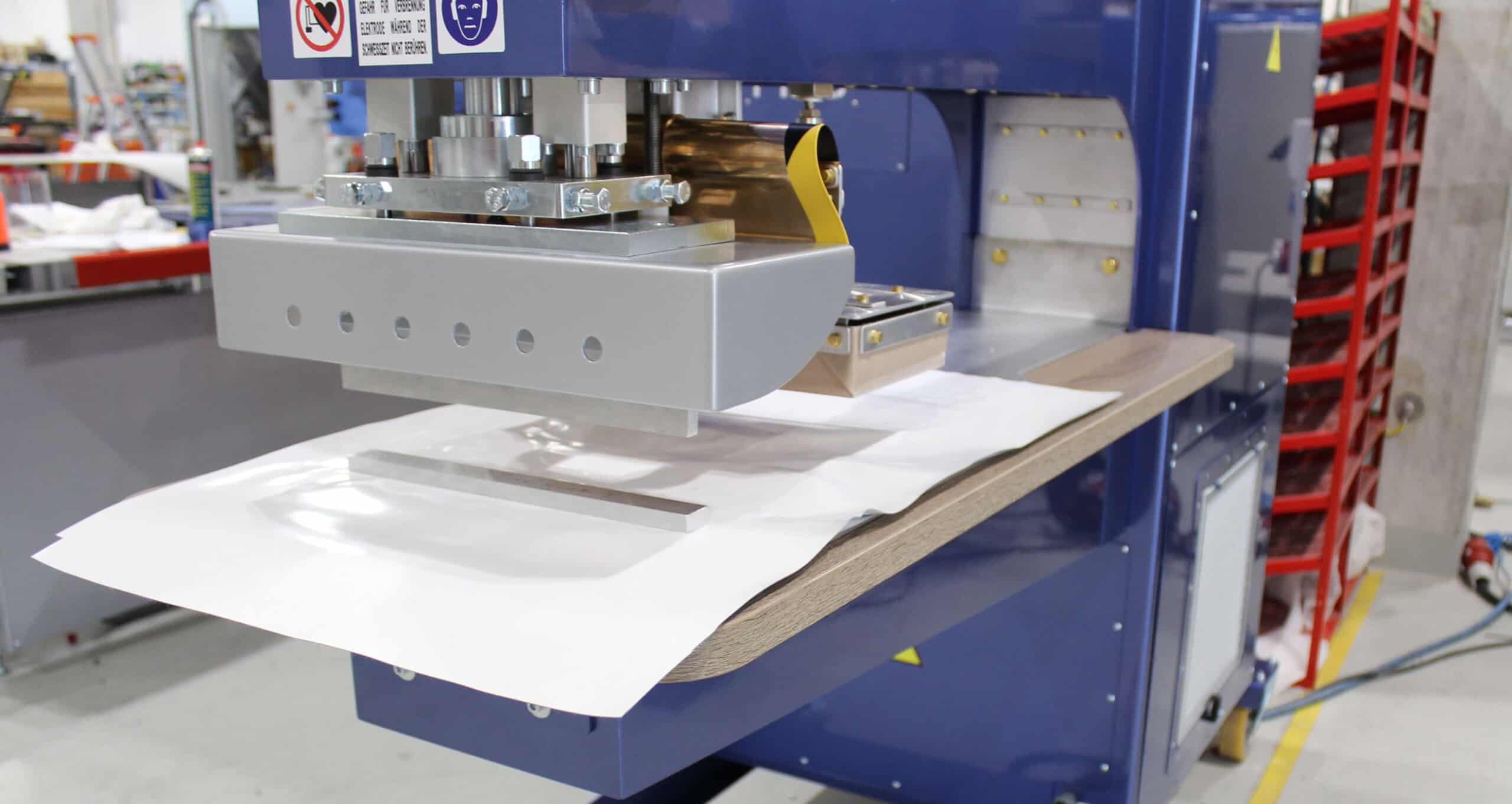Polyurethane Recycling Methods Used For Technical Textile Thermoplastics
Sustainability, coated textile sourcingJan 31, 2022
The world generates almost 250 million metric tons of plastic waste every year, yet only a small percentage of it is recirculated through recycling.
At this rate of negligence, plastic waste will grow exponentially and soon become an unmanageable global issue. That is why waste disposal has become a significant environmental concern and why we at Erez see our selves as ambassadors of the three ‘R’s approach – Reduce, Reuse, Recycle. The three ‘R’s offers an hoolistic approch for effectively reducing your organization’s environmental footprint.
TALK TO A TECHNICAL TEXTILE EXPERT TODAY
Using plastics in technical textiles
The technical textile industry relies heavily on thermoplastics because of the numerous physical and chemical properties they offer.
Plastics are a mixed blessing – they are both enormously useful and cause tremendous environmental damage. It’s quite impractical to suggest eliminating the use of plastics due to the essential and irreplaceable properties they offer for so many applications.
The next best thing is to recycle and reuse thermoplastics to keep them in circulation, preventing clogging up landfills, rivers and oceans.
Our last post took a detailed look at best practices of repurposing thermoplastics. This time we take on recycling methods for thermoplastics.
Mechanical recycling of plastics
As the name suggests, the mechanical recycling process uses a variety of physical processes to repurpose plastics and make new products.
Generally, the process requires sorting plastic waste based on the type of polymer. This sorted waste then goes through a series of processes like vacuuming, extrusion, blowing, and inflation molding to create other products of the same material. In some cases, you may also have to pre-treat and decontaminate the waste before processing it for recycling.
When it comes to thermoplastic recycling, the mechanical process is quite simple and utilizes almost all the plastic waste. It’s generally low-cost and works well for a variety of plastic types.
However, there’s a catch.
Generally, mechanical recycling process reduces the overall quality of the plastic. This means that the recycled material won’t be suitable for the same application unless some additives are added to enhance its quality.
The economic viability of mechanical recycling
The mechanical process for plastic recycling is already established in many economies as a viable way to ensure sustainable disposal of plastic waste. A common misconception is that recycling and waste management are quite expensive. Although there is cost involved, it can actually even return profit in certian applications.
Since mechanical recycling lowers the overall quality of plastic, most of the recycling effort focuses on high-quality plastic materials like polyethylene terephthalate (PET), high-density polyethylene (HDPE), and polypropylene. The additives and enhancement processes required for other plastic types make recycling complicated, expensive, and not financially viable.
For such cases, the best way to proceed is to either repurpose the product for other applications or use an alternative recycling process. Chemical recycling is a viable option with a lot of potential in this domain.
The chemical recycling process for plastic waste
Chemical recycling of thermoplastic textiles is a multi-step process that creates raw materials for different processes. The plastic gets broken down to its primary components, so you won’t deal with quality issues as well. It starts with preparing the material by mechanically grinding it and then introducing a chemical solution to break down the polymer.
For polyurethane waste, the chemical recycling process requires a combination of different solvents to reduce the material into its individual components. One of the products is Polyol, an essential material for producing polyurethanes, which is separated and reused in polyurethane production. Similarly, other compounds obtained in the chemical recycling process are all used for different applications across multiple industries.
Chemical recycling is not an all-in-one process. The right recycling process depends on the plastic you are starting with and your desired end results. There are several types of chemical recycling processes but the following four are most used in thermoplastic recycling:
- Glycolysis
- Hydrolysis
- Pyrolysis
- Hydrogenation
Just like the mechanical recycling process, chemical recycling also has some disadvantages. The most significant one is yield. The chemical recycling process has a low conversion rate. Moreover, the machinery used for chemical recycling requires frequent maintenance and the required solvents are quite expensive. All these factors result in making chemical recycling relatively more expensive and resource-intensive than its mechanical alternative.
Erez: Your sustainability partner
Business ideologies have moved on from pursuing profits at all costs. Today, businesses acknowledge their responsibility to the people, products, and the planet. Sustainable manufacturing requires incorperating policies and processes that regularly strive to find progress in the field of waste.
Erez is ISO 14001:2015 certified and aims to be more than just your raw material supplier. We believe it is our obligation to lead by example and be your partner in progress toward a greener future.
Our team of experts can guide you to achieve and maintain maximum profitability without compromising on sustainability.
- Important Note: The polyurethane recycling methods mentioned above do not apply in the case of finished coated fabric products due to the fusion of the polyurethane coat with the nylon or poyester based fabric.
Share this Post




